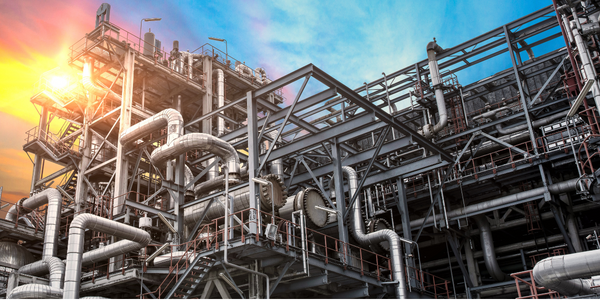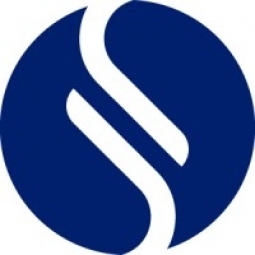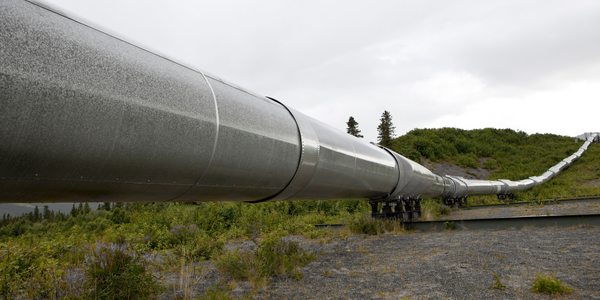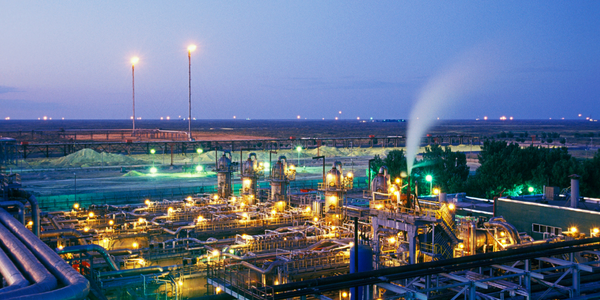Customer Company Size
Large Corporate
Region
- America
- Asia
Country
- United States
- Indonesia
Product
- Chevron Greenhouse Gas Emission Reporting System (CGERS)
- Sphera Environmental Performance software
Tech Stack
- XML generator tool
Implementation Scale
- Enterprise-wide Deployment
Impact Metrics
- Environmental Impact Reduction
- Cost Savings
- Brand Awareness
Technology Category
- Analytics & Modeling - Real Time Analytics
Applicable Industries
- Oil & Gas
Applicable Functions
- Business Operation
Use Cases
- Energy Management System
- Regulatory Compliance Monitoring
Services
- Data Science Services
- System Integration
About The Customer
Chevron is one of the world’s leading energy companies, admired globally for its people, partnership, and performance. The company has a strong commitment to safety and environmental stewardship, known as Operational Excellence (OE). One of Chevron’s OE priorities is the management of greenhouse gases (GHGs). The company acknowledges the public and government concern about climate change and continues to address GHGs in its operations. Chevron also explores innovative, low-carbon energy technologies to manage its carbon emissions. The company operates in multiple locations worldwide, with 55 business units and 10,000 sites.
The Challenge
Chevron, a global energy company, has been committed to managing greenhouse gases (GHGs) in its operations. With the proliferation of GHG regulations worldwide, timely and accurate emissions reporting has become essential for the company. Many new GHG protocols include cap-and-trade or carbon pricing requirements, making GHG emissions data financially significant and subject to stringent standards associated with accounting and third-party auditing. Chevron, with its 55 business units and 10,000 sites worldwide, required a standardized system for tracking and reporting GHG emissions data.
The Solution
In 2008, Chevron launched the Chevron Greenhouse Gas Emission Reporting System (CGERS), built on the Sphera Environmental Performance software. This system established Chevron as an industry leader in GHG information management. The Sphera solutions allowed Chevron to set up consistent GHG calculation methods that are fully transparent to a third-party verifier. The verifiable data from CGERS played a crucial part in helping Chevron earn a position on the respected Carbon Disclosure Project’s S&P 500 Climate Disclosure Leadership Index for five years. Chevron is now migrating to an expanded suite of integrated environmental performance tools leveraging Sphera solutions to manage air emissions, water usage/discharge, and hazardous waste data as well as GHG emissions information within a single platform.
Operational Impact
Quantitative Benefit

Case Study missing?
Start adding your own!
Register with your work email and create a new case study profile for your business.
Related Case Studies.

Case Study
Taking Oil and Gas Exploration to the Next Level
DownUnder GeoSolutions (DUG) wanted to increase computing performance by 5 to 10 times to improve seismic processing. The solution must build on current architecture software investments without sacrificing existing software and scale computing without scaling IT infrastructure costs.

Case Study
Remote Wellhead Monitoring
Each wellhead was equipped with various sensors and meters that needed to be monitored and controlled from a central HMI, often miles away from the assets in the field. Redundant solar and wind generators were installed at each wellhead to support the electrical needs of the pumpstations, temperature meters, cameras, and cellular modules. In addition to asset management and remote control capabilities, data logging for remote surveillance and alarm notifications was a key demand from the customer. Terra Ferma’s solution needed to be power efficient, reliable, and capable of supporting high-bandwidth data-feeds. They needed a multi-link cellular connection to a central server that sustained reliable and redundant monitoring and control of flow meters, temperature sensors, power supply, and event-logging; including video and image files. This open-standard network needed to interface with the existing SCADA and proprietary network management software.

Case Study
Refinery Saves Over $700,000 with Smart Wireless
One of the largest petroleum refineries in the world is equipped to refine various types of crude oil and manufacture various grades of fuel from motor gasoline to Aviation Turbine Fuel. Due to wear and tear, eight hydrogen valves in each refinery were leaking, and each cost $1800 per ton of hydrogen vented. The plant also had leakage on nearly 30 flare control hydrocarbon valves. The refinery wanted a continuous, online monitoring system that could catch leaks early, minimize hydrogen and hydrocarbon production losses, and improve safety for maintenance.










